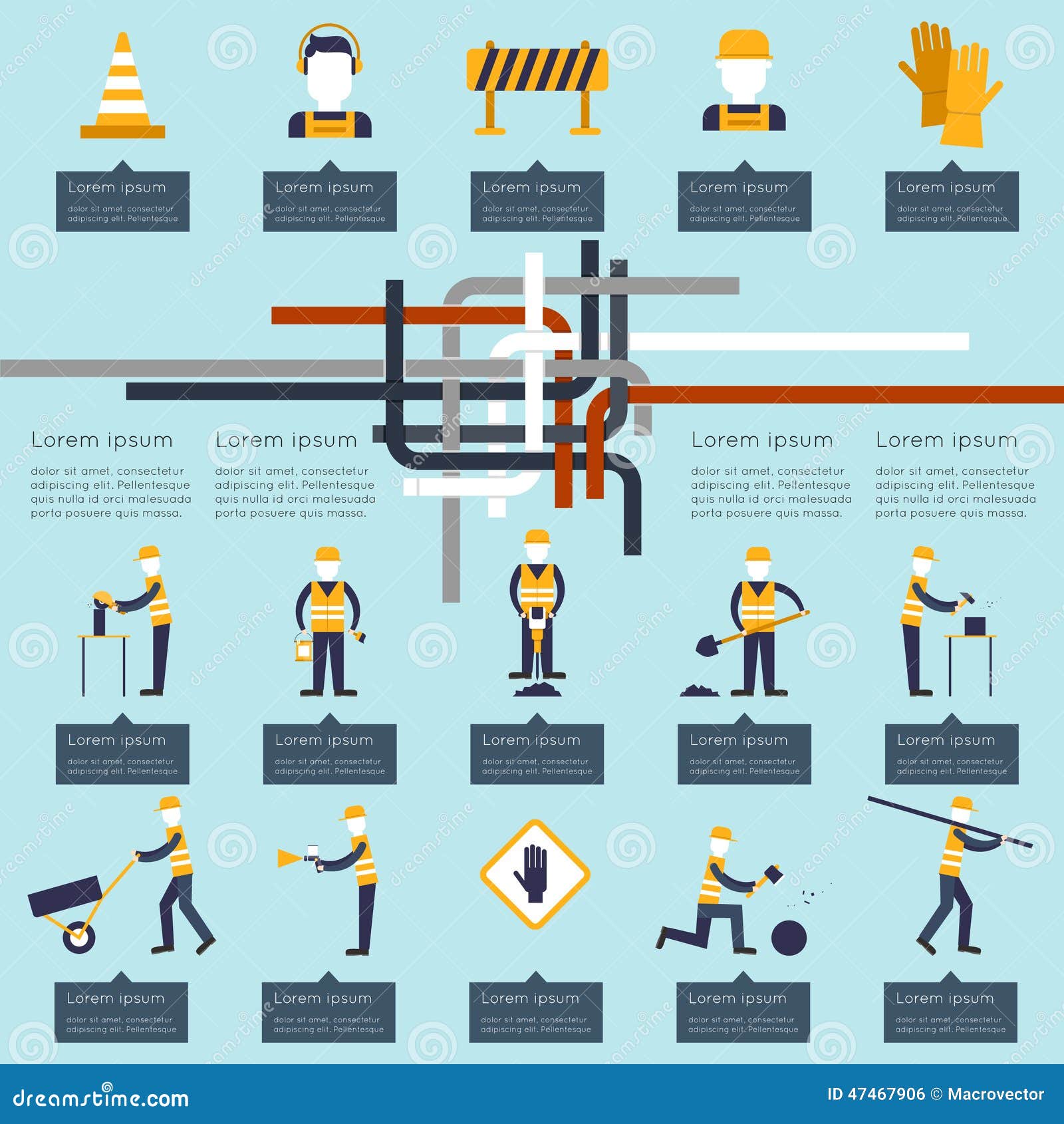Elements To Take Into Consideration For Business Exterior Painting By Season: Crucial Info You Should Have
Elements To Take Into Consideration For Business Exterior Painting By Season: Crucial Info You Should Have
Blog Article
Material Author-Burnham Urquhart
When you're preparing a business exterior paint task, seasonal aspects can make or damage your outcomes. You'll wish to consider how temperature level and humidity influence paint application and drying out times. Picking the appropriate season can guarantee your paint adheres effectively and lasts much longer. Yet which periods are genuinely the best for this type of job? Let's check out the key elements that can influence your project's success.
The Impact of Temperature on Paint Application
When you're intending an industrial external paint task, the temperature level can dramatically influence just how well the paint sticks and dries.
Ideally, you intend to repaint when temperatures range between 50 ° F and 85 ° F. If it's as well chilly, the paint might not cure appropriately, leading to issues like peeling or breaking.
On the flip side, if it's also warm, the paint can dry as well promptly, preventing correct adhesion and causing an uneven surface.
You need to also take into consideration the moment of day; early morning or late afternoon offers cooler temperature levels, which can be extra positive.
Constantly examine the producer's suggestions for the specific paint you're making use of, as they typically offer guidance on the optimal temperature level array for optimal outcomes.
Moisture and Its Impact on Drying Times
Temperature level isn't the only environmental variable that influences your commercial external paint job; moisture plays a substantial duty as well. https://www.express.co.uk/life-style/property/876890/tips-for-selling-your-home-dark-paint-colours can slow down drying out times significantly, affecting the overall top quality of your paint job.
When the air is saturated with dampness, the paint takes longer to treat, which can cause issues like poor bond and a higher risk of mold development. If you're painting on a specifically damp day, be planned for extensive wait times in between coats.
It's critical to keep an eye on neighborhood weather and strategy accordingly. Preferably, go for residential painting plymouth in between 40% and 70% for ideal drying out.
Maintaining these factors in mind ensures your job remains on track and delivers an enduring surface.
Best Seasons for Commercial Outside Paint Projects
What's the most effective season for your business external painting projects?
Spring and very early loss are usually your best bets. Throughout these seasons, temperature levels are light, and humidity levels are commonly reduced, creating excellent problems for paint application and drying.
Prevent summer's intense heat, which can trigger paint to dry too quickly, causing bad adhesion and surface. Likewise, winter season's cold temperatures can hinder proper drying and treating, running the risk of the long life of your paint job.
Aim for days with temperature levels in between 50 ° F and 85 ° F for optimal results. Keep in Recommended Resource site to inspect the local weather forecast for rainfall, as damp problems can ruin your job.
Planning around these elements ensures your painting project runs smoothly and lasts longer.
Verdict
Finally, planning your business external painting tasks around seasonal considerations can make a significant difference in the result. By organizing job throughout the suitable temperatures and humidity degrees, you'll guarantee much better adhesion and drying times. Keep in mind to keep an eye on regional weather prediction and choose the right time of year-- spring and very early loss are your best choices. Taking these steps will help you attain a durable and professional surface that lasts.
